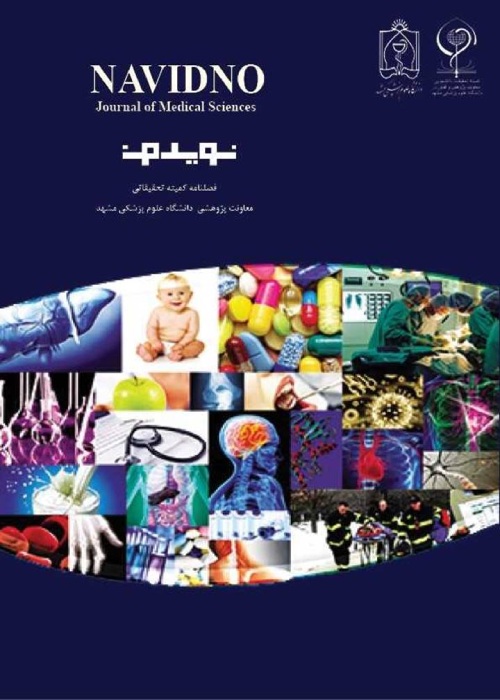Factors Affecting Childbearing Based On Women's Perspectives: A Qualitative Study
Childbearing is an important phenomenon in demographic movements and the basis of sustainable development in countries with low replacement fertility rates. In previous decades, having a child was considered a necessity for every woman; nonetheless, in recent years, we are witnessing a trend away from this inclination. Therefore, this qualitative study aimed to better understand the behavior and decision-making of women in an attempt to determine the factors affecting childbearing from women's perspectives.
This qualitative study was conducted based on the content analysis method in health centers in Mashhad in 2020. The data were collected through semi-structured interviews with 25 women of reproductive age who were selected by purposive sampling. After obtaining written consent, the interviews were recorded, and data collection was continued until saturation.
Based on the results, several factors are involved in childbearing in Mashhad. In this regard, some factors lead to increased fertility, while some others reduce fertility. Fear of social insecurity reduces fertility. On the other hand, cultural factors, such as the age of marriage, and religious factors, such as trusting God with child's aliment, increase childbearing. Moreover, the government's incentive and restrictive policies to increase fertility are all effective in childbearing; however, in the current situation, the most effective factor in childbearing is increased economic problems.
In general, fertility decline can be attributed to cultural, social, and economic changes. These changes have affected people from all walks of society. Nevertheless, it seems that among the affluent class, cultural and social changes have been a more important factor in reducing fertility, while among the middle and poor classes of society; the economic factor has been the key factor. This does not mean that cultural and social factors do not affect the middle and poor classes.
- حق عضویت دریافتی صرف حمایت از نشریات عضو و نگهداری، تکمیل و توسعه مگیران میشود.
- پرداخت حق اشتراک و دانلود مقالات اجازه بازنشر آن در سایر رسانههای چاپی و دیجیتال را به کاربر نمیدهد.


